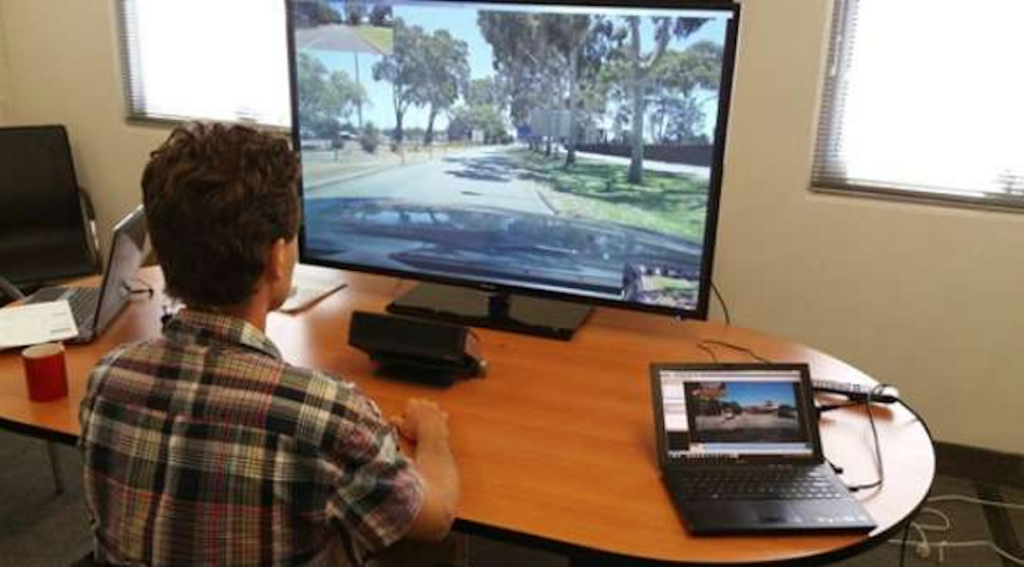Getting your learner’s license is an exciting experience. You’re on your way to becoming independent on the road, but before you can book your driver’s license test, you need to fulfil specific requirements. Taking a safer drivers course can make this process easier.
What is a Safer Drivers Course?
It’s a course that consists of both theory and practical guidance for learner drivers. It’s typically divided into two sessions, one of three hours in a class environment and a practical session in a vehicle. It focuses on aspects such as:
- Identifying road hazards
- Encouraging low-risk driving behaviour
- Reducing the risk of accidents
- Effective speed management
- Gap selection
- Safe following distance
- How to cope with distractions and general awareness
As LTrent Driving School explains, you’ll receive feedback from your instructor as you’re going through the lessons. That way, you can track your progress and see which skills you need to focus on the most to become a competent, safe driver.
Benefits of a Safer Driving Course
Individuals that acquire these skills have more confidence behind the wheel. They’re also more likely to make responsible decisions when faced with challenges on the road.
Learner drivers need to log 120 hours before they can book for a driver’s license. When you take a safer driver’s course, you get twenty logbook hours, bringing you closer to your goal of becoming a fully-fletched driver.
Prerequisites for the Course
You’ll need to have logged a minimum of fifteen driving hours before you are eligible for the course. The 3 for 1 bonus hours aren’t applicable here. You’re also required to hold an NSW learner licence and be below the age of 25.
You only qualify for the additional log hours the first time that you do the course. It’s essential to note that this is a course on advanced driving skills, hazard perception and risk prevention.
You should already have adequate car control before enrolling. The logbook hours are only credited when you’ve completed all five hours of training.
Road Hazard Awareness
According to statistics, younger drivers are more likely to have accidents. Taking precautions and gaining relevant knowledge can reduce your risk. Common hazards include drunk driving, speeding, fatigue, and using mobile phones behind the wheel. This section discusses each risk factor briefly.
Drunk Drivers
Alcohol impacts the way you react and behave. Although a drunk driver may not realize it, there are telltale signs which show that they’re incapable of driving safely. These are:
- Tailgating
- Swerving
- Hogging the centre line
- Braking too early
- Slow acceleration
- Minor traffic violations due to impaired judgements
Being able to identify one or more of these signals allows you to get out of a dangerous situation quickly.
Tired Drivers
When you’re tired, you can end up falling asleep behind the wheel and risk endangering the lives of other road users as well as the passengers in your car. Even if you manage to keep your eyes open, you won’t be able to concentrate fully.
Speeding
When you speed, you have less time to react appropriately. If you were to stop suddenly, you’d need to brake harder, and in a high-speed crash, airbags, and seatbelts don’t always prevent injuries. The impact of the collision is more severe at high speeds and so are the chances of the accident being fatal.
Use of Mobile Phone
Texting and driving means that your eyes are not on the road. You’re less conscious of your surroundings, and by the time you realize that you need to respond, it may already be too late.
You need to apply your full attention when commuting, and the cellphone is an unwelcome distraction.
Conclusion
Taking a safe drivers course, will familiarise you with similar challenges and teach you various techniques on safety and the appropriate actions to take in potentially hazardous situations. You’ll be able to act calmly and rationally and are less likely to engage in reckless behaviour that could put your life and the life of others in jeopardy.

